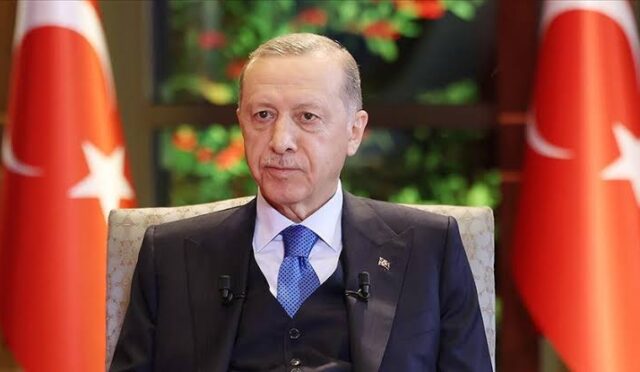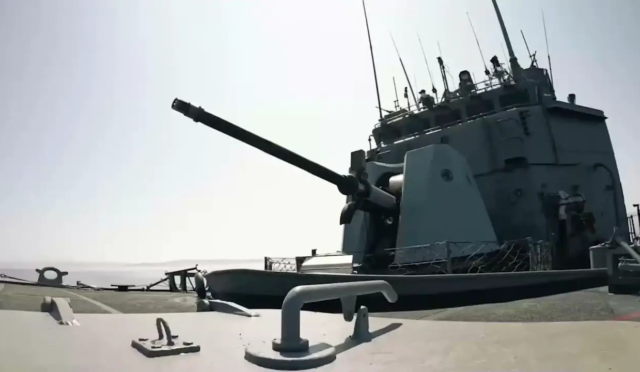US Troop Withdrawal from Syria: Key Developments Ahead
**The United States is reportedly planning to withdraw its troops from Syria gradually over the next two months, a move that has been communicated to Israeli officials. According to a report published by The Times of Israel, two U.S. officials disclosed in an interview with Reuters that the U.S. Army aims to cut its troop presence in Syria from approximately 2,000 to 1,000 personnel soon. This significant reduction reflects a strategic shift in U.S. military engagement in the region.**
Further details from Ynet News, an Israeli media outlet, confirmed that U.S. Department of Defense representatives have kept their Israeli counterparts informed of the planned troop withdrawal. The implications of this withdrawal have raised concerns in Israel, particularly regarding Turkey’s potential to expand its control in the region as U.S. forces depart.
Currently, American troops are stationed near an oil field in Hesekê in northeastern Syria, which lies close to the Turkish border. Concerns have been voiced about Turkey assuming a more strategic role in the area, mirroring statements made by former President Donald Trump about wanting to remove U.S. troops. Reports suggest that the Pentagon has been diligently working on withdrawal plans for some time and has now taken steps to inform Israel about this impending change.
Israel’s apprehension about Turkey’s growing influence is palpable, with senior officials expressing that the proposed withdrawal may only be partial. They fear that a full U.S. pullout could embolden Turkey, which has sought to expand its presence in Syria since the ousting of the Assad regime. U.S. troops are currently positioned at various strategic locations throughout eastern and northern Syria.
In a related note, Ynet News highlighted that Israel has cautioned both Ankara and Washington about the repercussions of a permanent Turkish military presence at key bases like Tadmur and T-4. Such an arrangement would constitute a red line for Israel and could severely restrict the operational capabilities of the Israel Defense Forces (IDF) on the northern front.
Last week, representatives from Turkey and Israel convened for discussions, prompting officials to address the potential for a ceasefire in Syria. In response to inquiries, ministry sources confirmed that the first technical meeting aimed at establishing a mechanism to prevent unwanted incidents in Syria had been held in Azerbaijan. These continuous diplomatic efforts signify the complex interplay of relationships in the region, as both nations work towards maintaining stability.
The T-4 Airbase, also known as Tiyas Airbase, is strategically located in the city of Homs, Syria, and remains a focal point of contention as geopolitical interests collide in this volatile landscape. As the U.S. prepares to shift its military strategy, the eyes of the world remain on how these changes will affect both the local dynamics and international relations.







